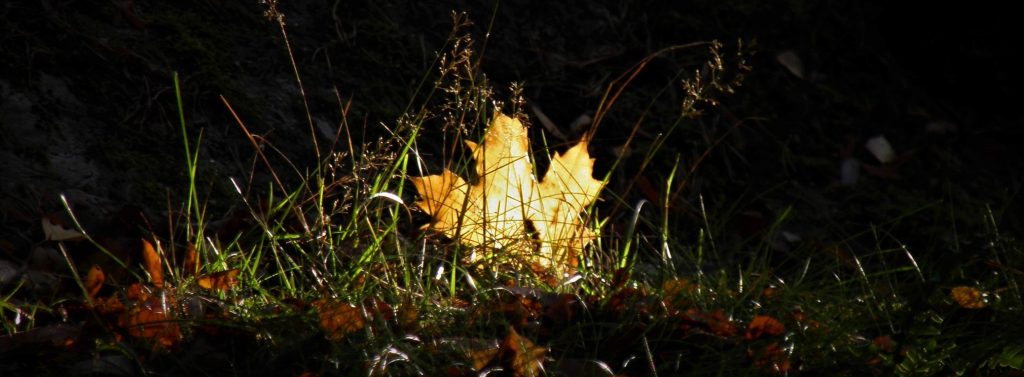
Author of the blog post is Dr. Michelle Camilleri from University of Malta.
When I was invited by my boss to join the New Nurse Educator Erasmus+ project back in September 2020 to represent Malta as one of the partners I immediately said yes without giving it, or Covid-19 much thought. My passion for learning in practice, the development of nurse educators and nurse mentors probably clouded my judgement at the time, especially as the previous 6 months had been a very stressful and intense time. Like everyone else, I had been restricted to my home, juggling the kids online schooling, my own online work and the immense extra work the rapidly evolving Covid-19 pandemic created due to the restrictions, cancelled placements, academics requiring quick online teaching tutorials as well as the numerous unknowns that this virus brought with it. Luckily, the European Commission allowed virtual exchange in (partial) replacement of physical exchange under the Erasmus+ mobility programme, so the project was able to start and continue (European University Association, 2020).
The thought of getting on a airplane at various moments during the academic year to meet up with other like-minded partners and work on our planned project was very enticing, and after having had an extremely stressful 6 months of “Covid-19 life”, I was looking forward to getting back to the normality of international work and travel! Only Covid-19 seems to be lingering around much longer than any of us wished! As I write this today, we have just completed our first year of the 3 year project without ever having met as a team in person. Like most other professionals, academics and students, our work became zoomified. There was no kick off meeting in Turku and to this day, I have not yet had the opportunity to get to know each and every member of this project.
I would say at this point that this first year has been remarkably productive and interesting. The technology and everyone’s ability to use the technology was a huge asset. Furthermore, although we didn’t know each and every member on the project team, it was evident that several members were connected, possibly through previous international projects, exchange of students and/or other academic endeavours such as shared teaching, external examination and so on. I didn’t know anyone on the project (apart from my boss), especially because I only joined after the application was worked on, submitted and approved.
Connecting with various members was difficult online, as coffee breaks and lunch breaks are those precious moments during international in person meetings, where you get to chit chat with different people and get to learn about them, what makes them tick and to perhaps continue with the discussions that would have just taken place prior to the break. Consciously, I know that I have to work harder to get to know colleagues on this project in a very different way to what I am used to! The social element of connecting within the professional world is so important and valuable, and the zoomification of our work on this project has truly highlighted the role that the social element plays in productivity and success.

Instead of coffee breaks, we talked about the weather, we talked about Covid-19 numbers, Covid-19 deaths as well as the latest restrictions or freedoms within our countries, and we talked about our nursing programmes, particularly how our students and academics were helping with contact tracing and vaccinations. Every meeting started with social covid-19 conversations, which in reality were wellbeing conversations (The TPHE Collective, 2020). I learned more and more about the other partner institutions, countries and cities as well as about the rise and fall of Covid-19. Most significantly, I learnt about how each member in our project team was feeling about the evolving situation. Using the limited view Zoom gives me of each person on my screen, I found myself focusing much more intensely on their facial expressions, the words they used and the tone of their voices.
Has the technology been good or bad for our project? According to Alberti (2020), there are challenges and opportunities to work in this zoomified way, but put simply, the technology has enabled us to continue working on this project, and has ensured that we met our targets for the first year as laid out in our project application. For me personally, given that I have 2 small children under the age of 10, as well as two family members who were classified as extremely vulnerable, attending face to face meetings during this past year would have been simply impossible. I would have missed out greatly on connecting with the team, and would have definitely developed a huge sense of isolation. I also feel that I wouldn’t feel as connected to the project as I feel right now. Given the circumstances this pandemic has created, I feel that the technology has been a fantastic opportunity for us. Our learning of new ways of working has been steep. Technology is becoming such a crucial part of our working lives, and it will no doubt continue to shape our day to day working practices in the years to come.
In spite of the amazing technology, today I still find myself looking forward to that first face to face meeting, even though we are still not entirely sure when this will happen. Nevertheless, when that face to face meeting will eventually happen, I feel that we will just pick up where we left off at the last Zoom meeting!
Here are some tips for anyone planning to work across borders when the borders are closed to travel:
- Keep regular and frequent meetings
- Talk about the weather! Always start with a round robin to hear how each “partner” is doing, where their country is at, and why not, an update on the weather conditions
- Apply netiquette rules by keeping the cameras on and the microphones muted unless speaking
- Use more technology – Have a repository/platforms where all documents are kept for quick and easy reference
- Appreciate everyone is busy – Ensure important documents are sent a few days prior to the meeting – as time in the online meeting is limited so that each member who attends is prepared
- Avoid individual isolation – Be mindful of the time, and ensure that each partner is actively involved in each meeting
- Ensure connectivity – Carry out regular temperature checks, to gauge whether each partner is comfortable with the timings, pace and duration of the meetings
- Recognise individuality – some members may need more time to engage virtually, than in person – and allow them the time and space to engage
- Avoid individuals “zooming out” by keeping the meetings short

References
Alberti, S. (2020, July 15). The “Zoomification” of work: Challenge or opportunity? HRD. https://www.hrdconnect.com/2020/07/15/the-zoomification-of-work-challenge-or-opportunity/
European University Association. (2020, September). https://eua.eu/downloads/publications/briefing_european%20higher%20education%20in%20the%20covid-19%20crisis.pdf
The TPHE Collective. (2020, May 6). The pandemic brings home the need to focus on humane and meaningful. Inside Higher Ed. https://www.insidehighered.com/advice/2020/05/06/pandemic-brings-home-need-focus-humane-and-meaningful-student-learning-experiences
